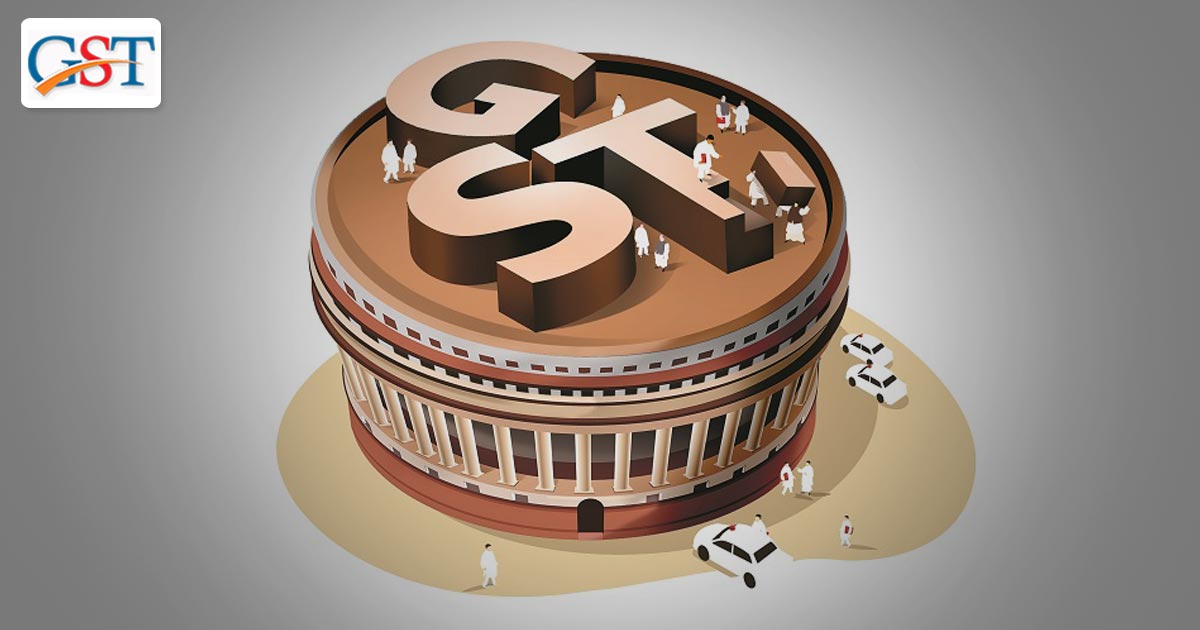GST has strategized to help and support the consumption-led states which could result in much higher revenue growth as compared to the manufacturing states. Getting a place in the Compensation list, the States would on a Guarantee basis, be showing revenue growth of 14% on the FY16 base.
The approach to compensate the state governments on account of their GST revenue shortfall looks quite liberal as there are many such states which have been showing exceptionally good revenue growth this fiscal, are falling in the category liable for compensation.
Taking the example of Bihar State, which has shown a growth of about 50% YOY in monthly average GST collection, but still has received a compensation of about 2,000 crores for the period of April-December. Madhya Pradesh, Rajasthan and West Bengal are others in the row.
Witnessing the evidence from the recent past, we find out that the so-called ‘consumer states’ are showing higher growth rates in GST collections than the states known for their manufacturing industries.
The GST implementation has changed the scenes and those States which are currently showing the higher growth rates in GST collections would not have achieved the current revenue growth in the reign of state-level value-added tax (VAT).
As per the GST Compensation law, the States are assured for a guaranteed growth of 14% on the FY16 base.
Talking about FY18, the monthly state GST (SGST) target for all states was kept at 42,979 crores whereas the target is 48,999 crore for the current fiscal. Currently, the States which have shown considerable growth in YoY revenue collection would continue getting compensation as the first year of GST (FY18), their growth rate was minimal or negative due to the initial hindrances faced by the comprehensive indirect tax.
The majority of the Major states were showing an average growth in own tax revenue (OTR), i.e, of 10% between the period of FY 15-FY 17, which is a period of three years prior to GST implementation in the Country and tax was charged under several segments like state VAT, entry tax, octroi, purchase tax, luxury tax etc, all of which have been subsumed in the GST now.
It is noticeable that the GST revenue deficit combinedly for all states had been 20% in the last fiscal, which ends up well and in the April-December period this fiscal being just the half.
Read Also: How Government is Approaching Towards Big GST Problems?
“The expansion of the revenue base in every state consequent to the reasonable tax rates across the board now would take care of their revenue concerns possibly after a brief time lag,” Deloitte India partner MS Mani said.
Now we talk about the last eight months of FY18 when GST actually existed, the States had been offered a helping hand as compensation of 48,178 crores to bridge the gap by assured revenue and actual collections. Again, an amount of 48,202 crores has been disbursed to states falling under the Compensation category for the April-December period as Compensation.
The GST now would be helping the consumption-led states to result in much higher revenue growth than manufacturing states.
“This is probably a result of better compliance in states that have traditionally lagged in infrastructure to enforce and collect taxes,” AMRG & Associates partner Rajat Mohan said.
“The structure adopted for GST was intended to move revenues from manufacturing states as it was a destination-based consumption tax and this would become more prominent in future as consuming states grow their markets further,” Mani said.
